
The biennial International Highrise Award just announced this year's grand prize winner: Norra Tornen, a new two-tower residential development in the center of Stockholm.
Standing 110 meters (32 floors) and 125 meter (36 floors) tall respectively, the prominent concrete structure with its facetted facade is currently the highest residential building in the city's center and the first realized project in Sweden for its architects, Rotterdam-based OMA.
The design emerged as the winning entry from this 2013 competition.
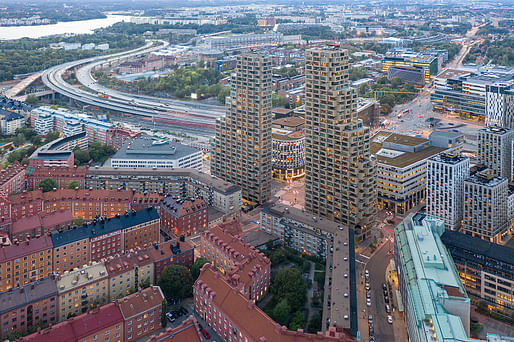
"For me, the award came somewhat unexpectedly because I never considered the Norra Tornen towers to be high-rise buildings," Reinier de Graaf, OMA Partner in Charge of the project, said in response to today's announcement. "They are very different from the conventional idea of a skyscraper. They are not monumental but homely, and their aesthetics are informal. At the same time, they embody diversity and not repetition. We are delighted to be getting more and more requests from other countries that want similar projects, and this award will certainly help to raise the profile of Norra Tornen even further.”
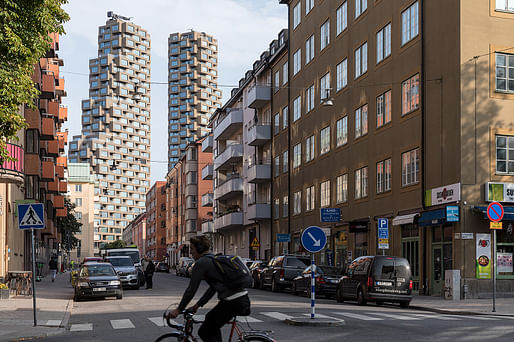
Peter Cahorla Schmal, Director of the Deutsches Architekturmuseum (DAM) which organizes the International Highrise Award in conjunction with the city of Frankfurt am Main, Germany, said: "Norra Tornen is a refreshing entrance to the city, recalling structuralist models of brutalism from the 1960s such as the Habitat from Expo67 in Montreal, skillfully transforming them and enriching the city with a new urban dominant, with apartments for all."
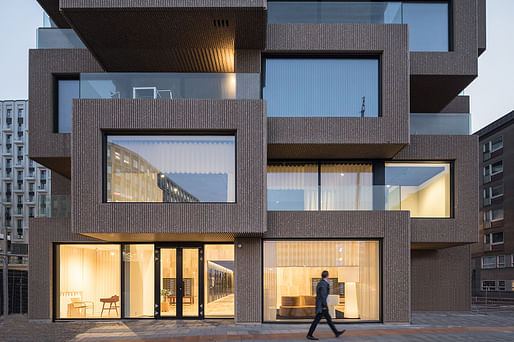
Norra Tornen was chosen from a field of 31 nominated projects and ultimately beat out four finalist rivals: Omniturm in Frankfurt am Main, Germany by BIG/Bjarke Ingels Group, Eden in Singapore by Heatherwick Studio, The Stratford in London, UK by Skidmore, Owings & Merrill, and Leeza SOHO in Beijing, China by Zaha Hadid Architects.
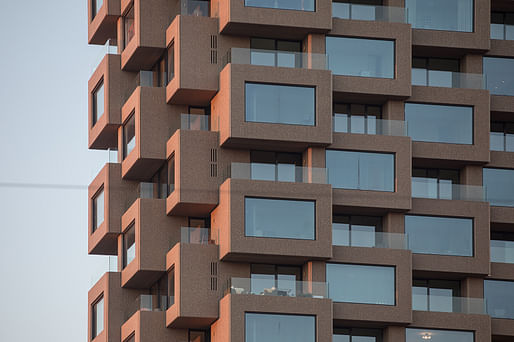
This is OMA's first International Highrise Award win after having been nominated before for two of its prominent high-rise buildings: TVCC in Beijing in 2008 and De Rotterdam in Rotterdam in 2014.

Ceramics of Italy Tile Competition
Register/Submit by Fri, Feb 14, 2025
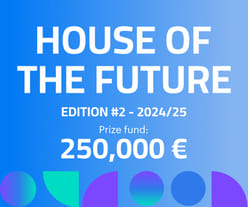
250,000 € Prize / HOUSE OF THE FUTURE 2024/25
Register by Wed, Apr 30, 2025
Submit by Mon, Jun 2, 2025
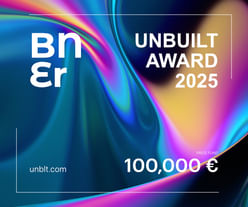
100,000 € Prize / Buildner's Unbuilt Award 2025
Register by Thu, Oct 30, 2025
Submit by Thu, Nov 20, 2025
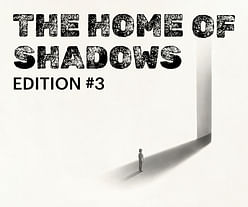
The Home of Shadows / Edition #3
Register by Wed, Jan 29, 2025
Submit by Mon, Mar 3, 2025
5 Comments
zaha project is clearly better
well deserved winner, much better from an urban point of view than any of the other ones listed here (big, zaha, som, heatherwick)
The trend seems to be neo-structuralism but without the spatial experience of Kahn and without any community elements like a grand lobby, garden, or dynamic in between spaces a la Habitat. Do like the Rudolph style fluted concrete.
These are developer driven projects, with the financiers and businessmen setting the agenda, marketing firms branding the building, and the architects working within strict economic confines. Neither program nor budget are in the architect's control.
Developers, of projects like these and “affordable” housing need to rediscover essential interior social spaces like hallways, grand lobbies, and other things instead of exterior formal dynamics